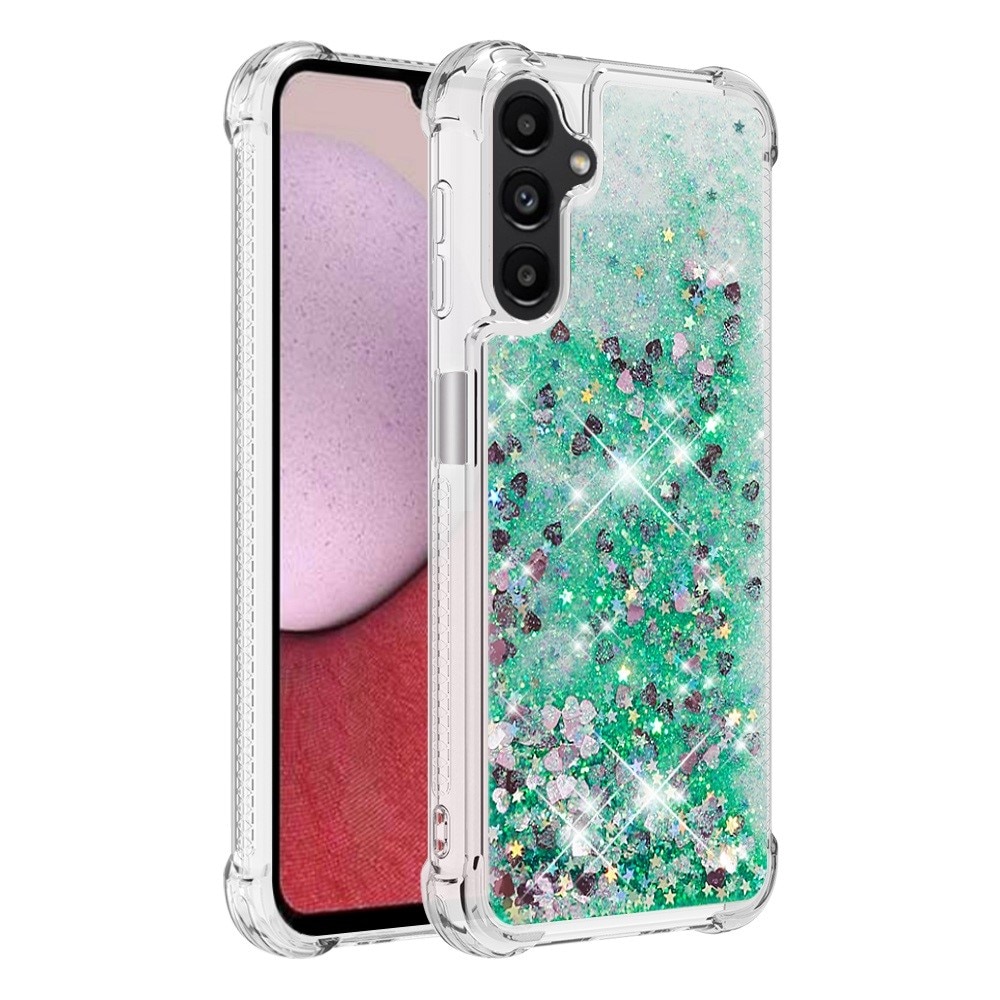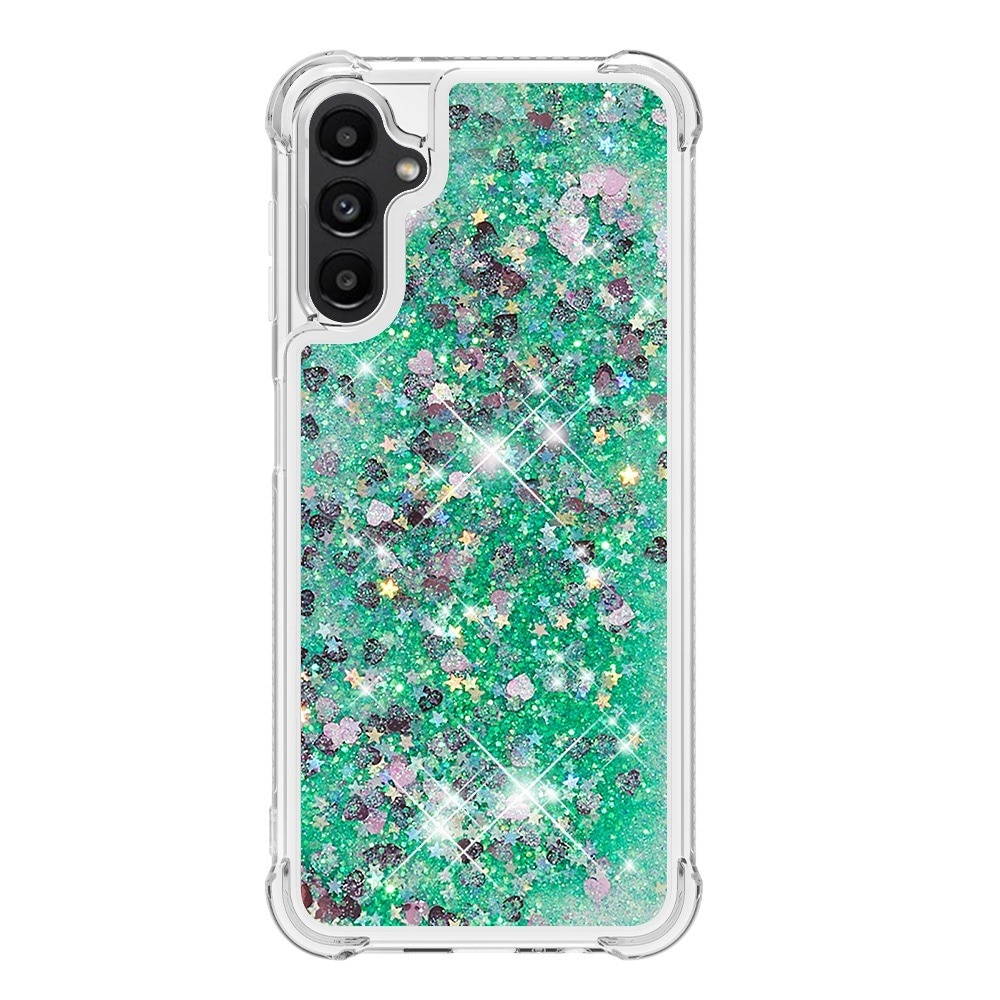
For Samsung Galaxy A14 4G Case Galaxy A14 5G Clear Silicone TPU Fashion Painted Soft Phone Case For Samsung A14 Bumper Fundas - AliExpress

Amazon.com: Silverback for Galaxy S9 Case, Moving Liquid Holographic Sparkle Glitter Case with Kickstand, Bling Diamond Rhinestone Bumper Ring Protective Samsung Galaxy S9 Case for Girls Women, Purple : Cell Phones &

Amazon.com: ZTOFERA TPU Back Case for Samsung Galaxy S8 Plus, Daisy Pattern Matte Soft Silicone Case, Cute Girls Case Slim Lightweight Protective Bumper Cover for Samsung S8 Plus - Green : Cell

Keteen Handyhülle für Samsung Galaxy A13 4G Hülle Cute Herz Muster Mädchen Galvanisierte Kameraschutz Weich TPU Silikon Schutzhülle Ultra Dünn Case Stoßfeste Hülle für Samsung A13 4G-Weiß: Amazon.de: Elektronik & Foto

BENTOBEN Samsung Galaxy S21 FE Hülle, Handyhülle Samsung S21 FE Case Leuchten im Dunkeln Fluoreszenz Nebula Muster PC Schale TPU Bumper Kratzfest Schutzhülle Hülle für Samsung Galaxy S21 FE 5G-Lila: Amazon.de: Elektronik

Take Those Broken Wings and Learn to Fly Christian Phone Case, Christian Gifts - Christ Follower Life

Handykette für Samsung Galaxy A22 5G Hülle mit Band, CaseLover Glitzer Flüssig Bewegende Treibsand Silikon Necklace Handyhülle mit Abnehmbar Kordel zum Umhängen Stossfest Schutzhülle Case, Silber Blau: Amazon.de: Elektronik & Foto

Minecraft Epic Enderdragon Battle Art " Samsung Galaxy Phone Case for Sale by JaypegDesigns | Redbubble

Amazon.com: ZTOFERA Compatible with Samsung Galaxy A12 Case, 6.5 Inch, Planet Sky Star Pattern Protective Phone Case Translucent Frosted Hard PC Back Case Silicone Bumper Cover - White Sky : Cell Phones

Marmor Handyhüllen für Samsung Galaxy A51 A71 A50 A70 A31 A41 A21S A10 A20 A30 M10 Silikonhülle mit Ständerhalter günstig kaufen — Preis, kostenloser Versand, echte Bewertungen mit Fotos — Joom

Handyhülle für Samsung Galaxy S20 FE 5G Hülle, CaseLover Glitzer Transparent Hülle Cute Herz Muster Mädchen Galvanik Ultra Dünn Weich TPU Silikon Kameraschutz Stoßfeste Schutzhülle für S20 FE, Clear B: Amazon.de: Elektronik

For Samsung Galaxy A14 4G Case Galaxy A14 5G Clear Silicone TPU Fashion Painted Soft Phone Case For Samsung A14 Bumper Fundas - AliExpress

Marble Soft Silicon Protective Black Phone Case For Galaxy A73 A53 A33 A23 A22 A13 A52 A32 A14 A12 A03s A04s Gift For Valentines/easter/girl/boyfriends Cover - Temu

Amazon.com: Clysburtuony Pop Fidget Toys Phone Case for Galaxy A70, Silicone Push Pop Bubble Sensory Fidget Toy Stress Relief Protective Cover for Samsung Galaxy A70 Rainbow : Cell Phones & Accessories

For Samsung S20 FE Case Luxury Soft Silicone Marble Phone Cases For Samsung Galaxy S20 Plus Ultra 5G TPU Cover S 20 S20FE Fundas - AliExpress

Cheap A22 A02S M12 M32 M42 Case Luxury Soft Silicone Shiny Sequins Phone Cases For Samsung Galaxy A02S A22 M12 M32 M42 5G Transparent Bling Cover Fundas | Joom

Marble Samsung Galaxy S22 Case, Galaxy S21 Fe Personalised Cover, S20 Plus iPhone 13 Pro Max 12 Mini 11 Xs Se 2022 Hard Glossy Case - Etsy






























